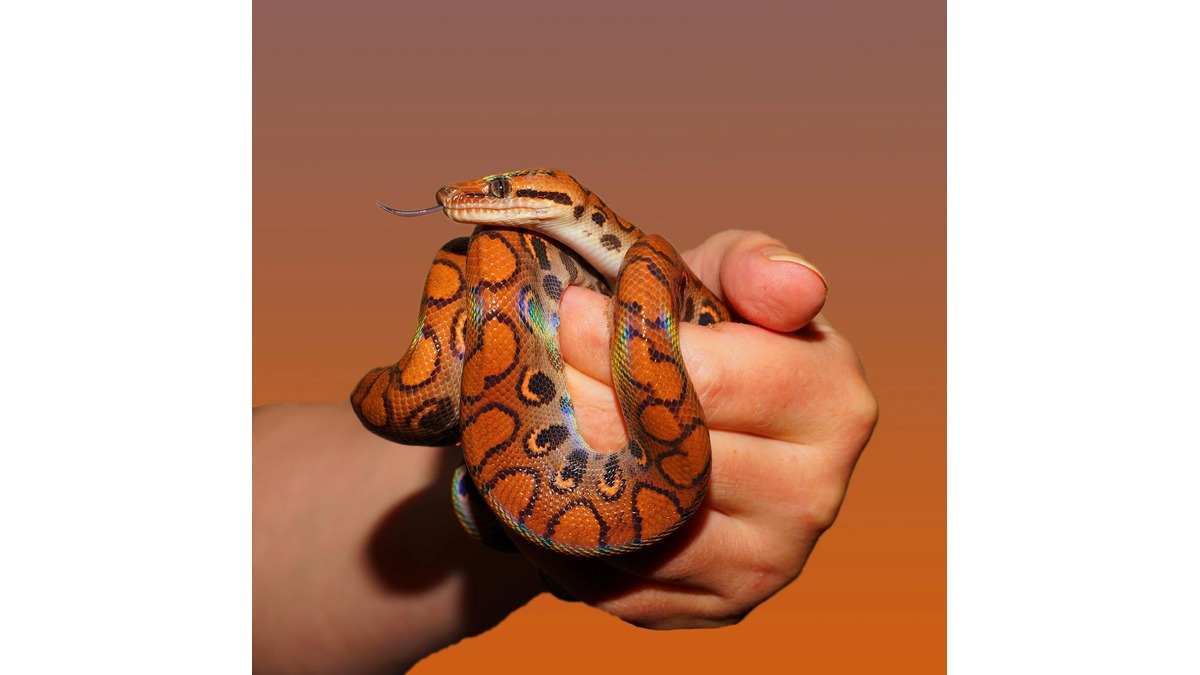Introduction
The world of reptiles is vast and fascinating, with countless species that intrigue and sometimes terrify us. Among these is the enigmatic bowtie snake, a creature that captures attention with its distinctive appearance and mysterious nature. Understanding this species is not just a matter of curiosity but also of ecological importance. Let’s delve into the captivating world of the bowtie snake and uncover its secrets.
What is a Bowtie Snake?
The bowtie snake is a name that sparks curiosity. This moniker is derived from the unique bowtie-shaped pattern found on the snake’s back, which sets it apart from other serpents. Known for its slender body and striking appearance, the bowtie snake is a marvel of nature’s design.
Physical Appearance
When it comes to physical characteristics, the bowtie snake is truly unique. Typically, these snakes range from 3 to 5 feet in length. Their coloration varies but often includes a combination of earthy browns, greens, and yellows, which provide excellent camouflage in their natural habitats. The most distinctive feature is the bowtie pattern that appears just behind the head, a trait that makes identification relatively easy.
Habitat and Distribution
The bowtie snake thrives in a variety of habitats, ranging from dense forests to arid deserts. They are predominantly found in the tropical regions of Central and South America. However, some species have adapted to more temperate climates, showcasing their incredible adaptability.
Behavior and Diet
Bowtie snakes are known for their elusive nature. They are primarily nocturnal, which means they are most active during the night. Their diet mainly consists of small mammals, birds, and occasionally insects. They are ambush predators, relying on stealth and patience to catch their prey.
Reproduction and Lifespan
The reproduction process of bowtie snakes is fascinating. Mating usually occurs during the spring, with females laying eggs a few months later. The incubation period lasts about 60 to 80 days, after which the hatchlings emerge. These snakes can live up to 15 years in the wild, though lifespan can vary based on environmental conditions and threats.
Venom and Threats
One of the most pressing questions about any snake is its potential danger to humans. Bowtie snakes possess venom, but it is generally not lethal to humans. The venom is primarily used to subdue their prey. However, it is always advisable to exercise caution and avoid handling these snakes.
Conservation Status
The conservation status of the bowtie snake varies by region. Some populations are stable, while others face threats from habitat destruction and climate change. Conservation efforts are crucial to ensure these unique creatures continue to thrive in the wild.
Importance in the Ecosystem
Bowtie snakes play a vital role in their ecosystems. As predators, they help control the populations of small mammals and birds, maintaining a balance in the food chain. Their presence indicates a healthy, functioning ecosystem.
Myths and Misconceptions
Like many reptiles, bowtie snakes are often the subject of myths and misconceptions. Some believe they are highly aggressive or deadly, which is not the case. These myths can lead to unnecessary fear and harm to the snakes.
Human Interactions
Encounters between humans and bowtie snakes are relatively rare but not unheard of. If you find yourself face-to-face with one, it’s best to admire it from a distance. They are generally not aggressive unless threatened.
Scientific Studies and Research
The bowtie snake has been the subject of various scientific studies aimed at understanding its behavior, venom properties, and ecological impact. Recent research has provided new insights into their adaptability and resilience in changing environments.
Bowtie Snake in Culture
In some cultures, the bowtie snake is a symbol of transformation and adaptability. It has been featured in folklore and art, often depicted as a mystical creature with special powers.
Interesting Facts
- Bowtie snakes are excellent climbers and swimmers.
- They can go weeks without food, surviving on stored energy.
- Their bowtie pattern is unique to each individual, much like human fingerprints.
- Despite their venom, bowtie snakes are more likely to flee than fight when confronted.
Conclusion
The bowtie snake is a remarkable creature that deserves our respect and understanding. Its unique appearance, fascinating behavior, and important ecological role make it a species worth protecting. By dispelling myths and promoting conservation efforts, we can ensure that future generations will continue to marvel at the beauty and mystery of the bowtie snake. Well You Asked nyt
FAQs
What do bowtie snakes eat?
Bowtie snakes primarily eat small mammals, birds, and insects.
Are bowtie snakes dangerous to humans?
While bowtie snakes are venomous, their venom is generally not lethal to humans. It is best to avoid handling them.
Where can bowtie snakes be found?
They are mainly found in Central and South America, in habitats ranging from forests to deserts.
How can you identify a bowtie snake?
The distinctive bowtie-shaped pattern on their back makes them easy to identify.
What is the conservation status of the bowtie snake?
Their conservation status varies, with some populations stable and others threatened by habitat destruction and climate change.
